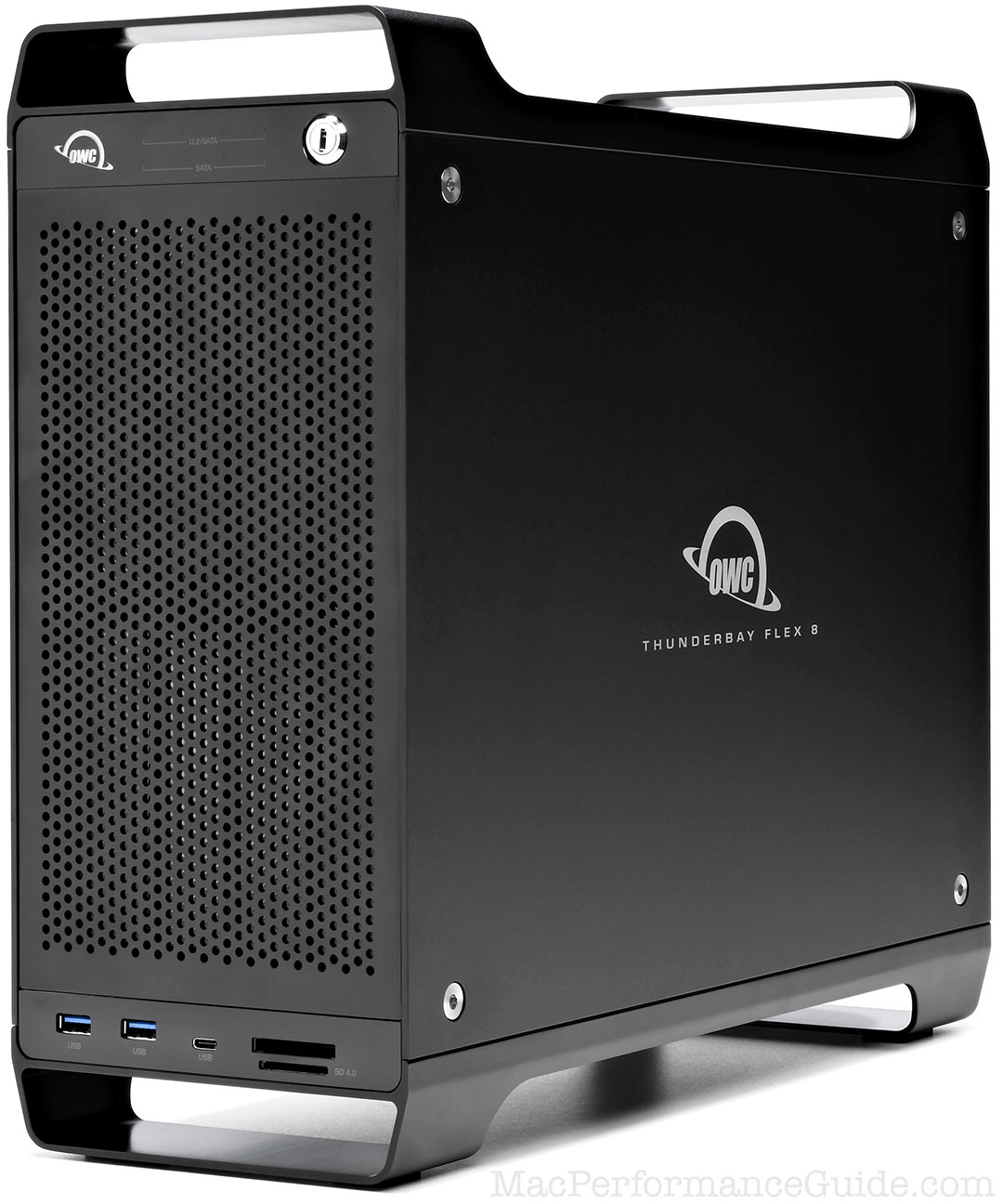
|

|

|

|

|

|

$220 SAVE $130 = 37.0% Western Digital 16.0TB Western Digital Ultrastar DC HC550 3.5-in… in Storage: Hard Drives
|

|

|

|

|
Autofocus Accuracy
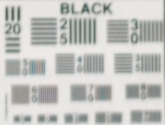
A reader of my reviews emailed me asking about a focusing accuracy issue with his Nikon D2X and 17-55/f2.8DX zoom, having carefully done a series of tests and being none too happy with the results:
As you will understand I don't have a second 17-55mm lens with which I can test 50mm AF accuracy at 2 meters from a subject. Have you ever noticed 3.5cm to 4.5cm back focusing (the difference between a eye and a ear being in focus with a front on portrait) with your D2x/17-55mm combination?
I promised to check using my D2X and 17-55. I hadn’t seen this issue with the 17-55, though I’ve seen it with other lenses on the D2X. Part of the problem with “real” subjects is that the D2X (and D200) focusing sensors cover too large an area for precise “spot focus” work. I haven’t proven so in testing, but my impression is that Canon’s EOS focusing system is more of a “spot” system.
Additionally, it seems that either the camera or lens (or both) can introduce autofocus errors, which makes it harder to diagnose the culprit(s).
Camera and Lens
For this test, I used the 12.2-megapixel Nikon D2X together with the Nikon 17-55/f2.8G ED-IF AFS DX zoom to examine the consistency of focus and how it affects image sharpness. Shots were taken at maximum aperture (f2.8), so as to minimize depth-of-field, thus revealing any focus errors. The D2X demands the highest focus precision of any “35mm” digital SLR on the market today, with its tiny 5.5 micron pixels. And the 17-55 is an outstanding lens.
The lens and camera were just back from Nikon repair for the lens mount problem I detected on my D2X. Thank you Nikon for keeping the repair time under 3 months, (though some portion of that time was the local dealer’s error). The lens mount on the D2X was warped somehow, and needed replacement.
I’ll offer one caveat here: so far I’ve taken Nikon at their word “working to specification” and did not verify the camera’s lens mount alignment prior to shooting this test, but I will soon repeat the test I described in my 22 January 2006 blog entry.
Tripod and test target
I tested using a Gitzo 1325 tripod (see The Sharpest Image) with a beefy Burzynski tripod head, together with mirror lockup and MC-30 remote release. A resolution chart was used as the target because it not only makes objective evaluation of sharpness easier, but also because its flatness and high contrast should be the easiest possible subject for an autofocus system to work with. But I don’t design cameras, so maybe there are other factors to consider.
My custom-enhanced resolution chart has a series of bar groups near the center which are “stacked” increasingly thicker such that the highest ones are approximately one millimeter above the base of the chart. This reveals tiny focus discrepancies that help eliminate erroneous conclusions.
Test protocol
I took 10 shots (5 each) with the target at a distance of about 2 meters. Test protocol was:
1. Manually misfocus (either at the lens infinity or 1 meter mark);
2. Allow camera to autofocus using single-shot mode;
3. Mirror up, release shutter.
Results
Focusing from infinity to 2 meters
Excellent consistency is seen when the lens starts at the infinity mark, with very little detectable difference between shots. This is an excellent performance in terms of consistency.
D2X Autofocus—from
infinity to 2 meters—5 attempts |
||
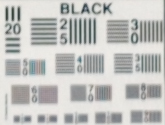 |
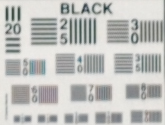 |
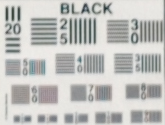 |
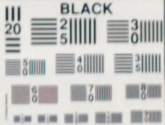 |
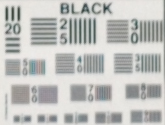 |
|
| Worst of series above | Best of series above | Optimal |
 |
 |
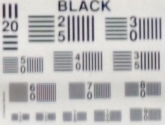 |
Even so, none of the shots are accurate enough to match the best result seen on the “stacked” bar groups. All of the shots shown in the table below are focused about 1 millimeter in front of the correct focus point, using the “stacked” bar groups as a reference.
One millimeter is not much to complain about, but it adds just a trace of softness at f2.8. With an f1.4 lens, a 1 millimeter error would be noticeably blurry.
To see the difference, it might help to see the strip of “stacked” bar groups—click to see the actual-pixels version.
| Increasing-height strip towards right (click for actual-pixels) |
 |
Focusing from 1 meter
In this case, the lens must focus in the opposite direction.
When forcing the lens to start at the 1 meter mark instead of infinity, focus becomes both less consistent and less accurate:
D2X Autofocus—from
1 meter to 2 meters—5 attempts |
||
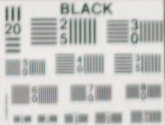 |
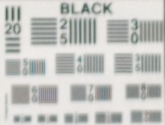 |
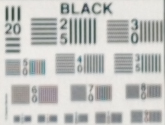 |
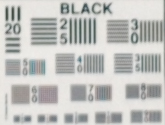 |
 |
|
| Worst of series above | Best of series above | Optimal (from strip) |
 |
 |
 |
If you were testing the 17-55/f2.8DX for sharpness, and shot the frame on the left, you would rightly conclude that it was quite soft wide open. In actual fact, it is remarkably sharp wide open, with performance matching just about every other lens I’ve tested on the D2X. I estimate the error, based on the “stacked” bar groups, to be between 2 and 3mm focus in front of the target.
The same focus error on an f2 or f1.4 lens would reveal even worse blurring. Testing lenses is difficult—a fact most who’ve not done it properly don’t realize, the main reason being that only by shooting a careful series can you be assured of achieving exact focus. Try doing that with several lenses on different cameras, and many hours can be consumed.
Below is the strip of “stacked” bar groups.
| Increasing-height strip towards right (click for actual-pixels) |
 |
8-bay Thunderbolt 3
2.5 or 3.5 inch hard drives, NVMe SSD, USB-C, USB-A, DisplayPort 1.4, SD slot, PCIe slot, 500W power supply.
Non-RAID or RAID-0/1/4/5/10.
Capacities up to 128 Terabytes!
Conclusions
This test was brief. A thorough evaluation would require multiple lenses and bodies, and cross-checking using redundant tests. I did not feel the need to do so, as these results are persuasive enough for me. Please test your own equipment to see how it performs if you suspect a problem.
At least on a resolution chart, my D2X and 17-55DX yield reasonably accurate autofocus, though it inadequate for critical sharpness, making tedious checks necessary when evaluating lenses. Error appears to be no more than about 3mm on the resolution chart target when used at a distance of slightly more than 2 meters. That’s considerably better than the 40mm errors mentioned in the reader’s query, so unfortunately he might want to send his equipment in for a check. However, it might well be that on other targets and/or under other lighting my equipment might perform less well.
I have seen minor autofocus inaccuracy with every Nikon lens I ’ve tested, and I have concluded that the Nikon autofocus system simply lacks the precision necessary to achieve critical focus on a resolution chart, even though the chart offers near-ideal contrast.
However, the focus error seen in this brief assessment is as good or better than I can achieve using manual focus, and manual focus becomes especially difficult if my eyes are tired.
My usual approach to assessing lens performance requires a painstaking series of wide-open shots to determine the best possible result prior to shooting an f-stop series with the lens. Only in this way can there be confidence that the lens was precisely focused. This is true whether autofocus or manual focus is used, even with the aid of a magnifying optic, since there is no guarantee that the sensor is perfectly aligned with the viewfinder.
Using autofocus to assess the 17-55/f2.8DX with some of these results would lead the photographer to believe that the lens was rather soft wide open, when in fact, it is impressively sharp —the 50 bars actually indicate better than 50 line pairs/mm (target was framed slightly wide). No “35mm” digital SLR available today can do more than a smidgen better than 50 line pairs/mm.
Happily, few “real” subjects require this sort of precision, with the possible exception of 50mm and 85mm f1.2 and f1.4 lenses, on subjects such as eyes, where even a slight focus error can reduce the “pop” of having a critical sharp eye surface against a blurrier background. In most cases, the wider-aperture lenses do help the autofocus system focus more precisely.
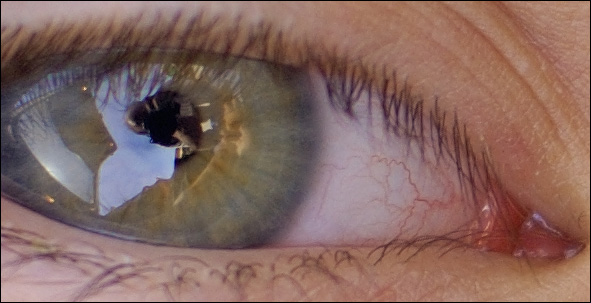
Seagate 22TB IronWolf Pro 7200 rpm SATA III 3.5" Internal NAS HDD (CMR)
SAVE $100
















